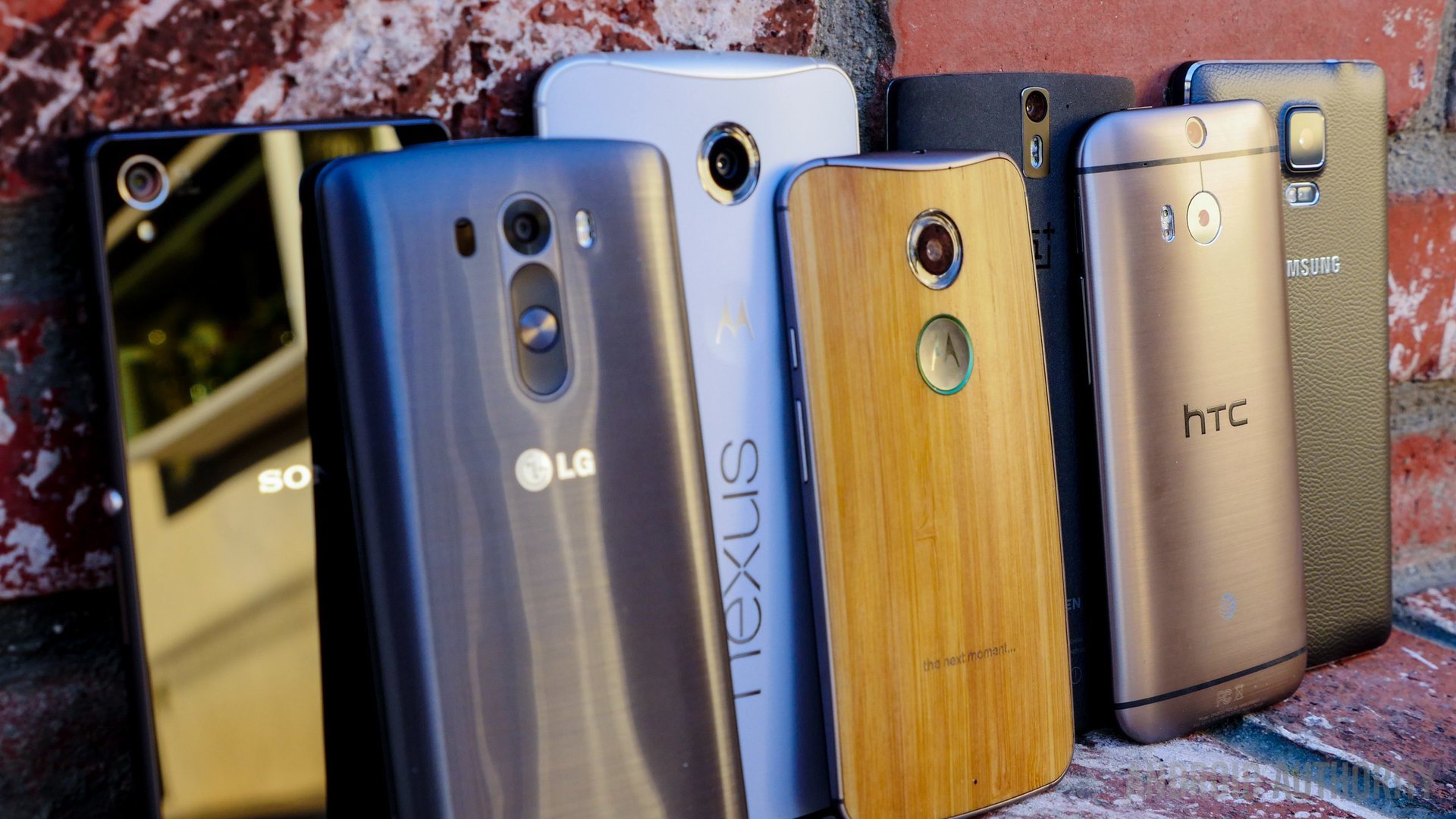Affiliate links on Android Authority may earn us a commission. Learn more.
Android hardware profits estimated to have halved in 2014
Published onDecember 31, 2014

2014 has certainly been an interesting year for Android, but hardware manufacturers have been having a tougher time over the past twelve months, especially when it comes to turning a profit.
According to analyst Chetan Sharma, global profits within the Android hardware market are estimated to have dropped by approximately 50 percent compared to 2013. Despite the continued growth in Android’s market share and record smartphone shipments, a worse than expected year for some of Android’s largest manufacturers and the growth in nibble low-cost competitors has eaten into manufacturing profit margins.
Samsung’s substantial market presence and poor financial year is one of the largest factors in this decline in averaged profitability. In Q3 2014, Samsung’s IT & Mobile Communications division saw a 74 percent decline in profitability compared with the previous year and has averaged a 35 percent quarterly decline in mobile profits this year.HTC and Sony are two other big smartphone brands that have seen profits squeezed lately. LG’s slightly lower cost hardware has seen its smartphone shipments improve, but profits are still hard to come by. The real winners this year have been low cost Chinese manufacturers, which have managed to substantially undercut the big brands with considerably cheaper, high-end hardware. Xiaomi has risen to become one of the global market’s largest players in a very short space of time due to its competitively priced hardware. This business model is proving profitable and has begun to spread to other Android manufacturers, but lower retail prices are resulting in smaller profits.
It is important for Google that the ecosystem stays healthy and balanced. Without profitability, some of these players will eventually disappear and it will primarily become a Samsung + Chinese OEMs ecosystem. – Chetan Sharma
Cheaper prices for the same hardware is clearly beneficial to consumers, at least in the short term, but Google will no doubt be keeping a close eye on the profitability of its essential partners. The risk is that the rise of cheaper Chinese OEMs will start hurting Google’s own profit margins, as these companies tend to ship their own customized versions of Android and often don’t include Google’s own services with their devices.
Others have a slightly less pessimistic view of this power shift in the Android ecosystem, seeing the rise of cheaper OEMs as a market efficiency. Samsung’s decline in profitability is no accident, other OEMs in the Android space may simply be doing a better job at providing the hardware consumers want at a price they are more willing to pay. Many have said that low cost manufacturers can’t sustain profits in the long term, but they are the fastest growing Android OEMs at the moment.
Android momentum in the broader startup ecosystem continues despite some of the near term profitability questions of the manufacturers, – Rich Wong, Accel Partners
The next twelve months will reveal whether or not this shift towards lower cost manufacturers will result in a changing of the guard, or if some of the traditional brands can rejuvenate their profits with superior products.